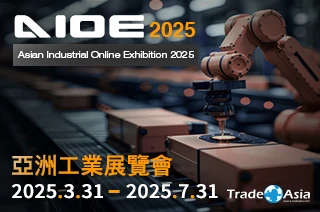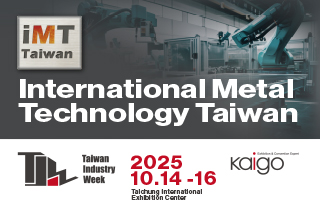搜尋結果Search Result
全景軟體與英飛凌合作,軟硬整合提升物聯網資訊安全
發表時間 :
VMware公布2023財年第三季財報
發表時間 :
「2022ITF 台北國際旅展-雲林館」開箱玩翻天
發表時間 :
AMD公佈2022年第3季財務報告
發表時間 :
思科Webex全面提升數位時代下的客戶體驗
發表時間 :
金融服務機構在虛假的安全感下營運
發表時間 :
Colt推動資本市場業務的雲端主機託管
發表時間 :



















